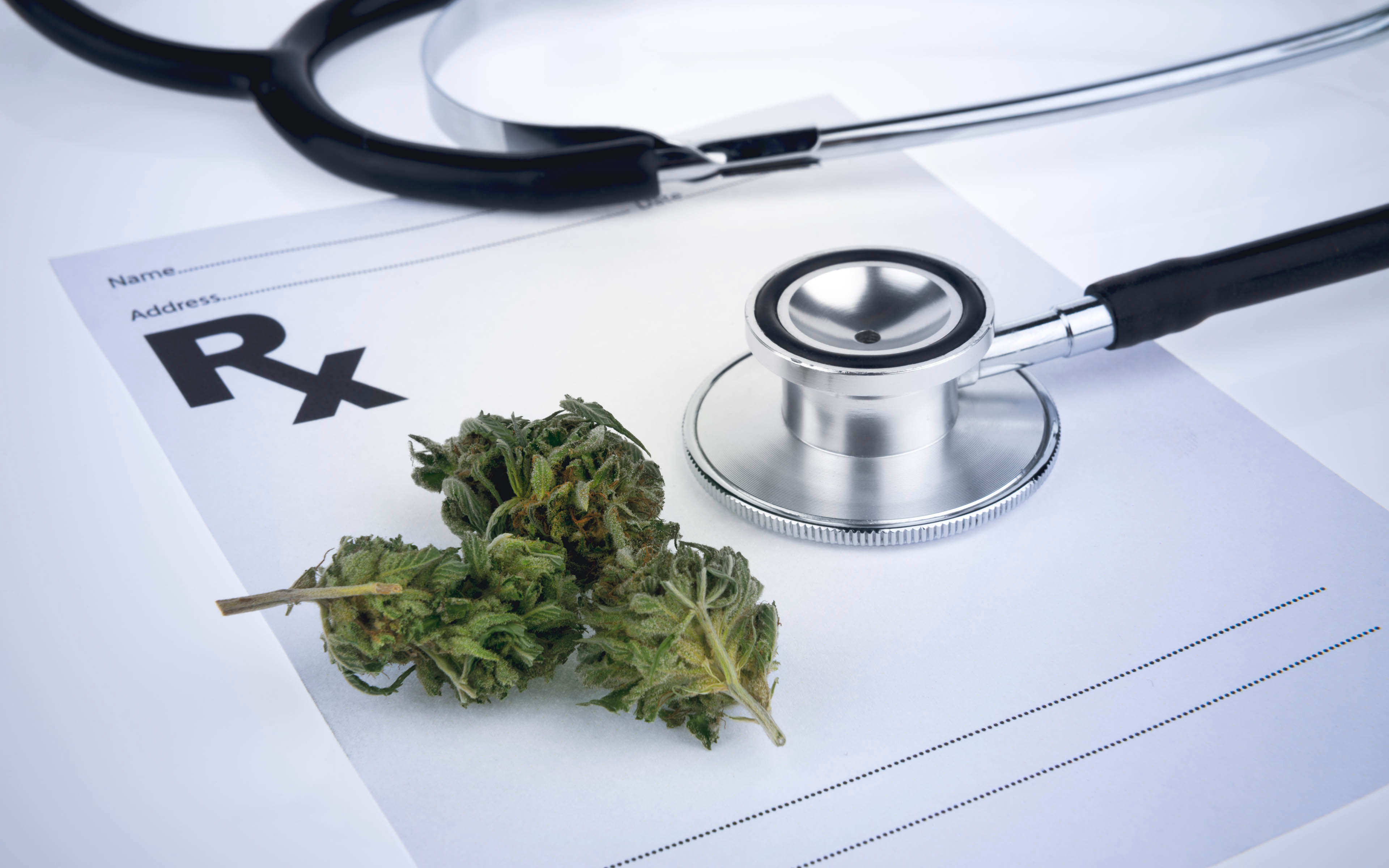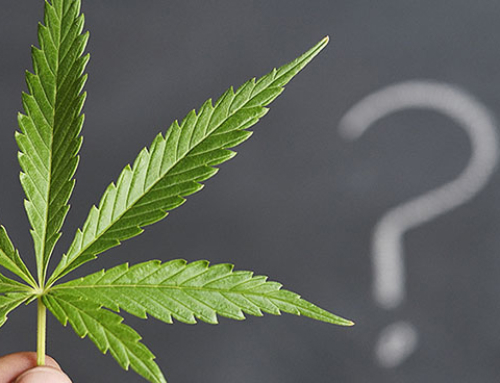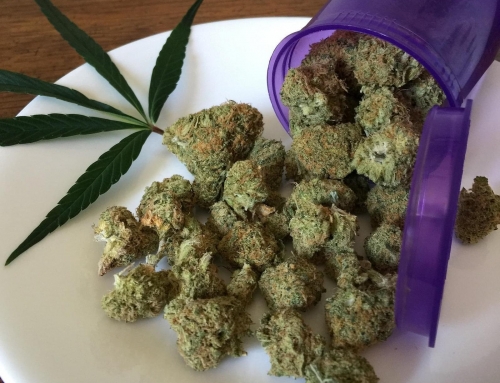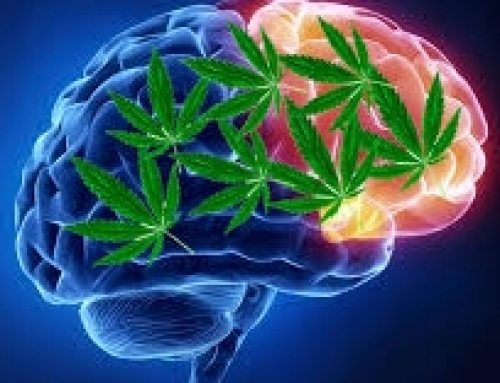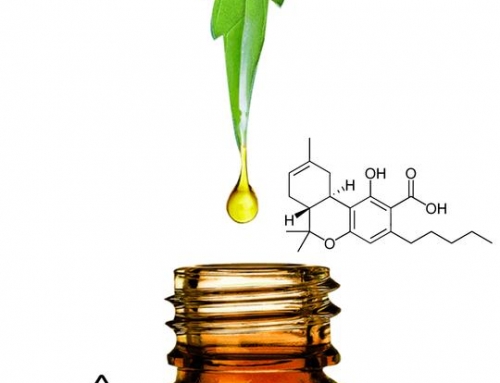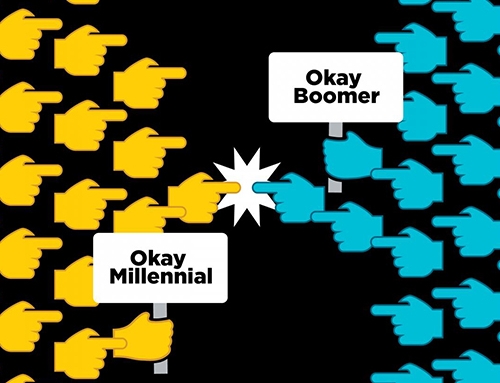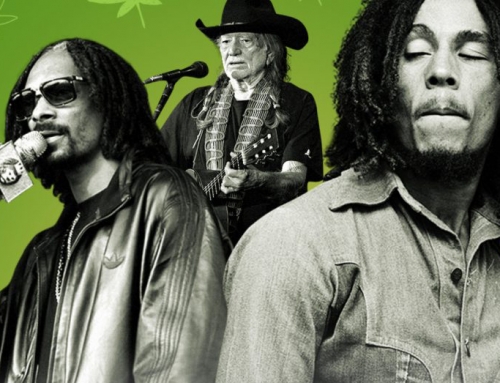Medical Marijuana 101
Marijuana is the common name for cannabis, a hemp plant that grows throughout temperate and tropical climates. The leaves and flowering tops of cannabis plants produce more than 100 different active components called “cannabinoids”. The most commonly studied cannabinoids are tetrahydrocannabinol (THC) and cannabidiol (CBD).
| POTENTIAL MEDICAL BENEFITS OF THC AND CBD | |
| THC | CBD |
| Pain relief | Pain relief |
| Anti-inflammatory | Anti-inflammatory |
| Anti-spasmodic | Anti-spasmodic |
| Euphoric | Reduces euphoric effects of THC |
| Anti-nausea | Anti-epileptic |
| Appetite stimulant | Anti-anxiety |
| Sleep aid | Anti-depressant |
These cannabinoids (THC and CBD) may be helpful with the management of symptoms associated with a wide variety of conditions that have not responded to conventional therapies, such as:
- Chronic pain
- Epilepsy
- Chemotherapy-induced nausea and vomiting
- Multiple sclerosis (MS), amyotrophic lateral sclerosis (ALS) and spinal cord injury
- Wasting syndrome (cachexia, e.g., from tissue injury) and anorexia in AIDS and cancer patients, and anorexia nervosa
- Arthritis and musculoskeletal disorders (e.g. Rheumatoid arthritis and fibromyalgia)
- Anxiety and depression
- Sleep disorders
- Post-traumatic stress disorder (PTSD)
- Inflammatory bowel diseases (i.e. Crohn’s disease and ulcerative colitis)
- Irritable bowel syndrome
- Others: Movement disorders (i.e. Parkinson’s disease, Tourette’s syndrome and Huntington’s disease), Alzheimer’s disease and dementia, and glaucoma
The benefits and risks associated with cannabis use vary depending on a variety of factors, including: the amount of medical cannabis used and the concentration of cannabinoids in the cannabis-based product; frequency of cannabis use; patient’s age; medical condition(s) being treated; previous experience with cannabis or cannabinoids; and use of other prescription or non-prescription drugs.
According to data published recently by a national health organization, 24% of cannabis users reported using cannabis for medical purposes.
According to a recent survey conducted by a cancer survivor network, 11% of respondents were currently using medical cannabis to relieve symptoms such as pain, insomnia, nausea and vomiting, arthritis and anxiety. A total of 16% of respondents stated that they were able to reduce their use of prescription medications such as opioids as a result of using medical cannabis.
*Limited clinical evidence available
CBD OR THC?
The most appropriate cannabinoid for you depends on your unique physiological response to CBD and/or THC. Consult your healthcare provider to determine the dosage and method of administering medical cannabis. Because of its anti-inflammatory properties, CBD provides relief from pain and muscle spasms in patients with multiple sclerosis and other inflammatory conditions. Whereas, THC – containing products are preferred for disorders such as insomnia, PTSD, neuropathic pain, Gilles de la Tourette syndrome, therapy-resistant glaucoma, and symptoms like weight loss, nausea and vomiting.
WHO SHOULD NOT USE MEDICAL CANNABIS?
Cannabis should not be used if you:
- Have a history of allergy to cannabis or to smoke.
- Are under the age of 21 years [especially THC-predominant; cannabis use poses greater risk to mental health during development (particularly during adolescence than in adulthood).
- Have a personal or family history of serious mental disorder such as schizophrenia, psychosis, bipolar disorder, or depression (cannabis containing primarily THC, especially higher levels of THC).
- Have serious liver, kidney, heart, or lung disease.
- Are pregnant, planning to become pregnant, or nursing (Cannabis use may be associated with neurological problems in babies and impaired school performance later in childhood).
- Are a man who wishes to start a family (exposure to cannabis or THC could potentially reduce the success rate of intended pregnancies).
- Have a history of alcohol or drug abuse or substance dependence (such individuals may be more prone to abuse cannabis)
Talk to your healthcare practitioner if you have any of these conditions. There may be other conditions where this product should not be used, but which are unknown due to limited scientific information.
SIDE EFFECTS
Patients generally tolerate medical cannabis well. A low dose often provides satisfactory relief, allowing side effects to occur infrequently. Side effects are usually the result of high dose, fast dose titration, or when used in combination with a substance such as alcohol that intensifies its effects
Known side effects of medical cannabis are: dry mouth, mood-alterations, insomnia, increased heartbeat, and fatigue.
Other effects include: relaxation, fits of laughter, hunger, and heightened sensitivity to the perception of color and sound. Patients may also experience slower reaction time and low awareness about surroundings, particularly during the first few hours of use.
For more information, please consult with your local doctor.
Should you experience any unexpected side effects while taking cannabis for medical purposes, stop consuming cannabis immediately and contact your health care practitioner or go to the emergency department of your nearest hospital.
CANNABIS AND DRIVING
Acute use of cannabis (THC-predominant) can impair psychomotor and other cognitive skills needed to drive a motor vehicle. While chronic/frequent use of cannabis may be associated with some degree of tolerance to some of the effects of cannabis in some individuals, chronic cannabis use can still pose risks to safe driving; chronic use of cannabis (THC-predominant) may lead to significant body burden of THC leading to a chronic level of psychomotor impairment. A dose-response effect has also been observed with increasing doses of THC, thereby increasing the risk of motor vehicle crashes that can lead to injury and death. The highest risk is at the onset of treatment, during the titration phase, and when the dose is changed. Combining alcohol with cannabis (THC-predominant) is associated with an increased degree of impairment and increased risk of harm.
It is advised that patients should not drive for minimum of 3–6 hours after inhalation and 8 hours after oral ingestion, or longer if they experience euphoria”.
Patients must use their own judgement when using cannabis or any other substance which can reduce their cognitive abilities. Patient(s) should NOT drive if he/she feels intoxicated or impaired.
DEPENDENCE POTENTIAL
According to several medical entities, heavy/frequent use of cannabis may lead to tolerance and dependence.
High doses of medical cannabis taken over a longer period of time may
also lead to addiction. Withdrawal symptoms start to appear 1–2 days after discontinuation of cannabis, peak at 2–6 days, and resolve within 1–2 weeks. The most common withdrawal symptoms include anger or aggression, irritability, anxiety, sleep disturbances (nightmares, insomnia), headache, restlessness, decreased appetite or weight loss, fever/chills, stomach pain, shakiness, and sweating. However, according to a report by International Center for Science in Drug Policy, the estimated lifetime risk of dependence among cannabis users is 9%, which is considerably less than the reported lifetime risk of dependence of alcohol and nicotine (23.7% and 67.5%, respectively). Additionally, in the critical review report of CBD by WHO, CBD has not been associated with dependence and/or abuse potential.
DRUG-DRUG INTERACTION
Cannabis may interact with several drugs. Patients must inform their healthcare practitioner about the prescription drugs, non-prescription drugs, or herbal products they are currently taking.
HOW IS CANNABIS USED?
A healthcare provider, in collaboration with you, may determine the type of product (capsule, oil, dried, topical) and dosage most suitable for you. The two methods generally used to administer medical cannabis are oral and inhalation. Oral cannabinoid based medications are available as oils and capsules.
MEDICAL CANNABIS: QUICK GUIDE FOR PATIENTS
START LOW AND GO SLOW
When starting medical cannabis for the first time, proceed slowly and watchfully in a gradual fashion, waiting between subsequent puffs/ inhalations for at least 10–20 minutes and for a very minimum of 30 minutes, but preferably 3 hours between ingestion of cannabis-based oral products (e.g., drops and capsules) to gauge for strength of effects or for possible overdosing. The dose should be increased slowly, only if required, and only until you reach a comfortable dose to minimize side effects.
If you have no prior familiarity with cannabis or cannabinoids, you are advised to begin at a very low dose and to stop cannabis if any undesirable side effects occur.
ORAL
When medical cannabis is consumed orally, it takes at least 30–90 minutes before any effects occur. The maximum effect is usually achieved after 2–3 hours and it takes 4–8 hours to wear-off. Eating high-fat food together with oral cannabis products can improve the absorption of the active substances.
INHALATION
Inhaling cannabis results in faster onset of action than consuming cannabis orally. If your healthcare provider prescribes dried cannabis, it is then recommended to use vaporizer instead of smoking. Vaporization is a controlled method of heating dried cannabis when compared to smoking, and it is associated with the formation of a smaller quantity of toxic by-products such as carbon monoxide, polycyclic aromatic hydrocarbons and tar, as well as a more efficient extraction of cannabinoids.
Smoke damages the lungs and could lead to infections of the nose, throat and lungs. For this reason, smoking cannabis is not recommended. Instead, inhaling cannabis using a reliable vaporizer is a more suitable method. According to a recently published study, second hand exposure to cannabis occur only under environmental circumstances where exposure is obvious.
A positive urine test for cannabis due to second hand smoke would likely be rare and only limited to immediate exposure time.
| CANNABIS ONSET OF ACTION AND DURATION OF EFFECTS | ||
| Inhalation | Oral | |
| Onset of action | <5 minutes | 30–90 minutes |
| Maximum effect observed | <15 minutes | 2–3 hours |
| Duration of action | 3–4 hours | 4–8 hours |
| Note: Physiological response to medical cannabis may vary from individual to individual. | ||
DOSAGE
While there is limited scientific data to support defined dose of medical cannabis, a mean daily dose of 10–30 mg THC has been used in different studies. Chronic use and high dose up to 1,500 mg/day of CBD are reportedly well-tolerated in humans. Patients are advised to start low and go slow and wait at least 4 hours before taking another oral dose.
The daily dosage of oral medical cannabis is generally divided into 3–4 oral administrations or a single dose prior to bedtime for longer duration of action compared to vaporization.
*This article has been compiled from multiple sources and is for informational and educational purposes only. All recommendations for personal medical use should be provided by a licensed medical professional.

